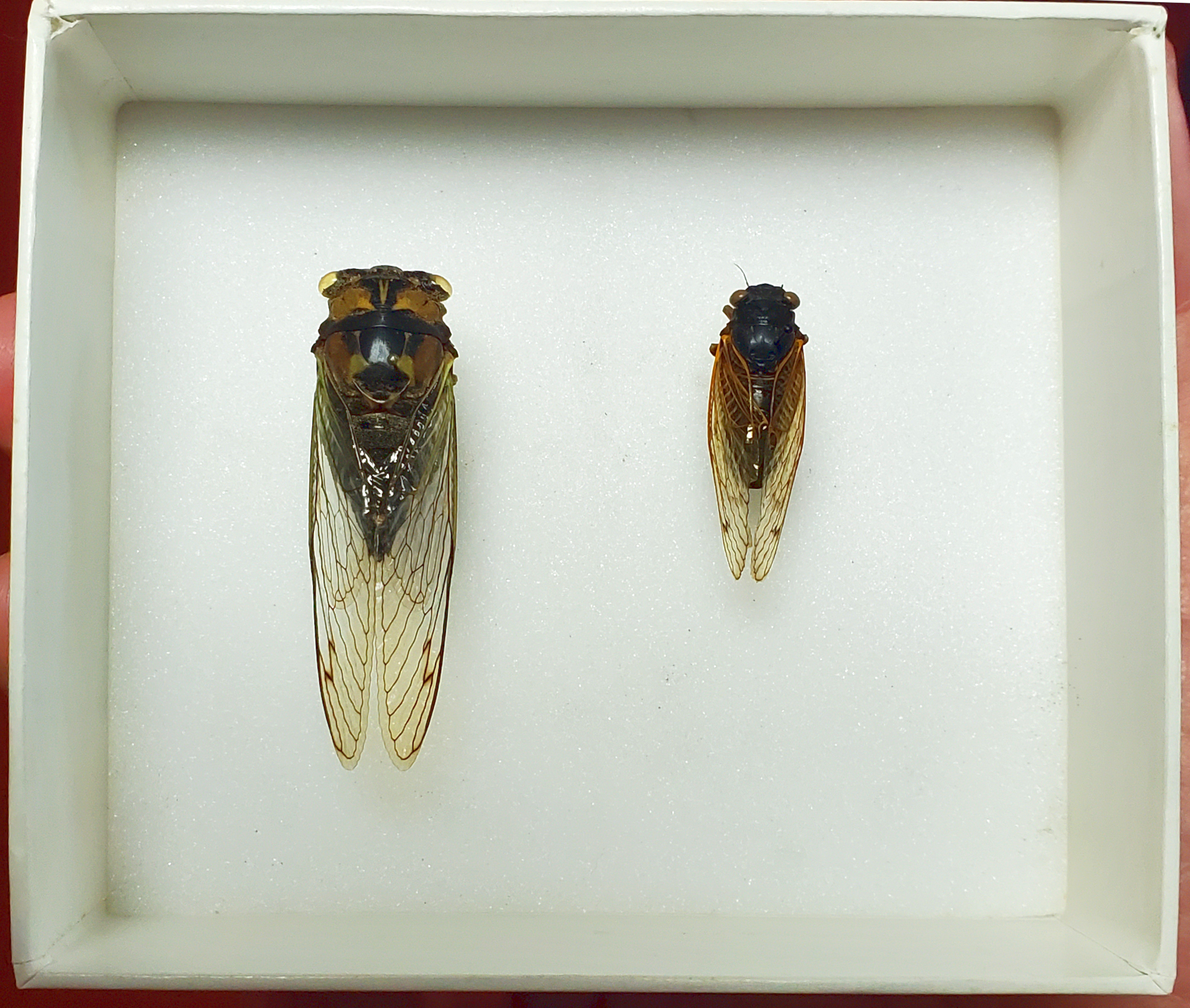Periodical cicadas are emerging: Should Michigan fruit growers be concerned?
Brood X of the periodical cicada can soon be found throughout the Midwest including parts of southern Michigan. They may become a nuisance, but don’t expect any significant fruit crop injury.

Excitement is in the air. People have been talking about it. The news has been preparing us for it for months. Soon, we will be hearing from the creatures themselves. We are talking about the emergence of periodical cicadas.
This insect is a cousin to the brown or green annual cicadas we see and hear in July and August every year. But, the periodical cicada is three-quarters the size of the annual species, and it is black with orange veined wings. Oh, and it only shows up once every 17 years.

Why only every 17 years? That is long enough for any predators to forget about them. This gives them a better chance at survival once they do emerge from the ground. They spend 16 years living on the sap from tree roots. On the 17th year, the cicada nymphs emerge from the ground. They come out near the end of May when the soil temperature at about 6 inches reaches 64 degrees Fahrenheit. If the soil is heavy, they might even wait for a soaking rain to loosen the soil. Once they emerge, they climb up the trunk of the tree they have been feeding on and molt into their adult form. Then, the sole plan is to find a mate and continue the cycle of life.
The adult male cicada call that fills the air with buzzing is a mating song. Once they attract a female and mate, the female will find a narrow branch or twig on the tree, cut a slit and lay eggs into the opening. Each female can produce several hundred eggs. Adults only live for a few weeks. The entire periodical cicada season is only a month or so. After about six weeks, the eggs hatch and the new nymphs fall to the ground to dig down and find some roots to begin feeding.
The question for fruit and nut growers is do the egg slits result in any significant damage to the trees? The answer for most Michigan growers is going to be no. This particular emergence, Brood X (10), is one of the most widespread of the different periodical cicada broods that emerge from year to year. It is also one of the only broods that has cicadas showing up in Michigan. Even with that, we only expect to see them emerge in isolated pockets in the southeastern corner of our state. Scientific American recently released an article with more details on the different cicada broods and some nicely detailed maps.
If an emergence does happen to overlap with an orchard or vineyard, some damage to shoots will occur. The egglaying will cause wounds, resulting in wilting or even dieback. When interviewed for an article in the Good Fruit Grower, a number of growers throughout the emergence range were not too concerned. Mature trees can handle the damage. The affected branches can be pruned out next winter with no permanent damage. Young trees and vines, however, may be at risk. They can be overwhelmed by multiple females if they are in a hotspot. Or branches important for scaffold development may be lost, slowing down the development of that tree. Luckily in Michigan, we don’t expect many hotspots and even fewer that will be found in commercial fruit areas.
If you do find yourself looking out for cicadas, they are generally found along the edges of orchards where there are other trees nearby. No insecticides are labeled for cicadas, and they can move in and out of the orchard so easily that insecticides would need to be applied at short intervals until the cicada season is finished. This is not an economically or environmentally sound strategy. If this is a tool you need to use, reach out to your local Michigan State University Extension educator to discuss the best strategies.
For small numbers of plants or for homeowners with a single tree, placing netting over the small trees has been very effective.
Take advantage of this unique phenomenon. Periodical cicadas exist in the eastern United States and nowhere else on earth. If you are interested in natural wonders, be on the lookout or check Cicada Safari for the latest Brood X news. If you can make it somewhere to see (and hear) the periodical cicada, it will be an experience you won’t soon forget.



 Print
Print Email
Email




